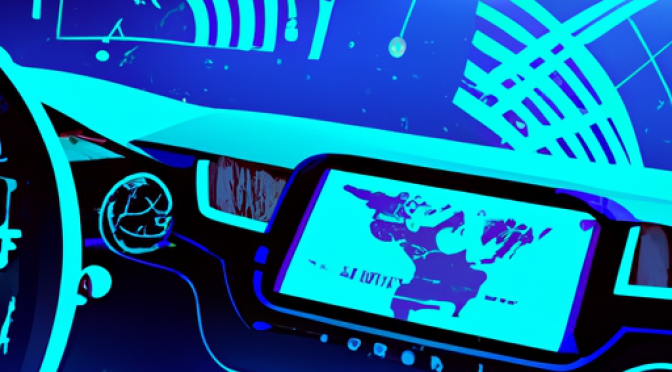Introduction
In recent years, artificial intelligence (AI) has revolutionized various industries, and the automotive sector is no exception. One area where AI has made significant advancements is in-car navigation systems. With the integration of AI technologies, the in-car navigation experience has become more efficient, personalized, and user-friendly.
Improved Route Planning
AI-powered navigation systems utilize advanced algorithms and machine learning techniques to analyze vast amounts of data, including real-time traffic information, historical data, and user preferences. By considering these factors, AI can generate optimized routes that help drivers save time and avoid congested areas. Additionally, AI algorithms continuously learn from user feedback, allowing the navigation system to adapt and improve its route planning capabilities over time.
Enhanced Voice Assistance
AI has greatly enhanced voice assistance in in-car navigation systems. Natural Language Processing (NLP) algorithms enable the system to understand and respond to voice commands more accurately. Drivers can now interact with the navigation system using conversational language, making it easier and safer to operate while driving. AI-powered voice assistants can also provide real-time information on nearby points of interest, weather updates, and even suggest personalized recommendations based on user preferences.
Intelligent Traffic Prediction
AI algorithms can analyze historical traffic patterns, weather conditions, and other relevant data to predict future traffic congestion. By leveraging this information, in-car navigation systems can proactively suggest alternative routes to avoid potential delays. This feature not only saves time but also helps reduce stress for drivers, making their journey more enjoyable.
Smart Integration with IoT Devices
AI-powered navigation systems can seamlessly integrate with Internet of Things (IoT) devices, such as smartphones, wearables, and smart home devices. This integration allows drivers to control various aspects of their navigation system using voice commands or through connected devices. For example, drivers can ask their smart home device to set a destination, and the navigation system will automatically sync the route information. This level of integration enhances convenience and provides a more connected driving experience.
Conclusion
AI has significantly enhanced the in-car navigation experience by improving route planning, enhancing voice assistance, enabling intelligent traffic prediction, and facilitating smart integration with IoT devices. As AI continues to evolve, we can expect further advancements in in-car navigation systems, making our journeys more efficient, enjoyable, and personalized.

